flowchart TB A[Features] --> B(Parameters) B --> D[Properties, \n Characteristics] D --> C(Distribution) B --> C
Interpretation
Introduction
- how to interpreted
the effect of a single terminto the distribution of the response; - how to use the GAMLSS model for
prediction.
Interpretation
- how the information we obtain from the fitted model can be used
graphical Partial effects
ceteris paribus\(\textbf{x}_j\) denote a single (or maximum two terms)
\(\textbf{x}_{-j}\) all the rest so \(\{\textbf{x}_j, \textbf{x}_{-j} \}\) are all terms in the model
\(\omega(D)\) the characteristic of the distribution we are interested \({D}(y | \textbf{x}_j , \textbf{x}_{-j}; \boldsymbol{\theta})\)
under scenario, \(\textbf{S}[g()]\).
\[{PE}_{\omega({D})}\left( \textbf{x}_{j} | \textbf{S} \left[ g(\textbf{x}_{-j})\right] \right)\]
Example: term plots

Figure 2: pdf-plot of the fitted am1 mu model
Scenarios
fixingvalues of \(\textbf{x}_{-j}\) (mean or median for continuous, level with more number of observations for factors or other possible values of importance)averageover values of \(\textbf{x}_{-j}\)Partial Dependence Plots(PDF), \(\textbf{S}\left[ \text{average}(\textbf{x}_{-j})\right]\)
Accumulated Local Effects, (ALE), average ovet the derivativesMarginal Effects(ME) average over local neighbourhood
Characteristics
predictors, \(\eta_{\theta_i}\);
parameters, \(\theta_i\);
moments,
mean,variance;quantiles,
median;distribution
PE; parameter \(\mu\); add. smooth
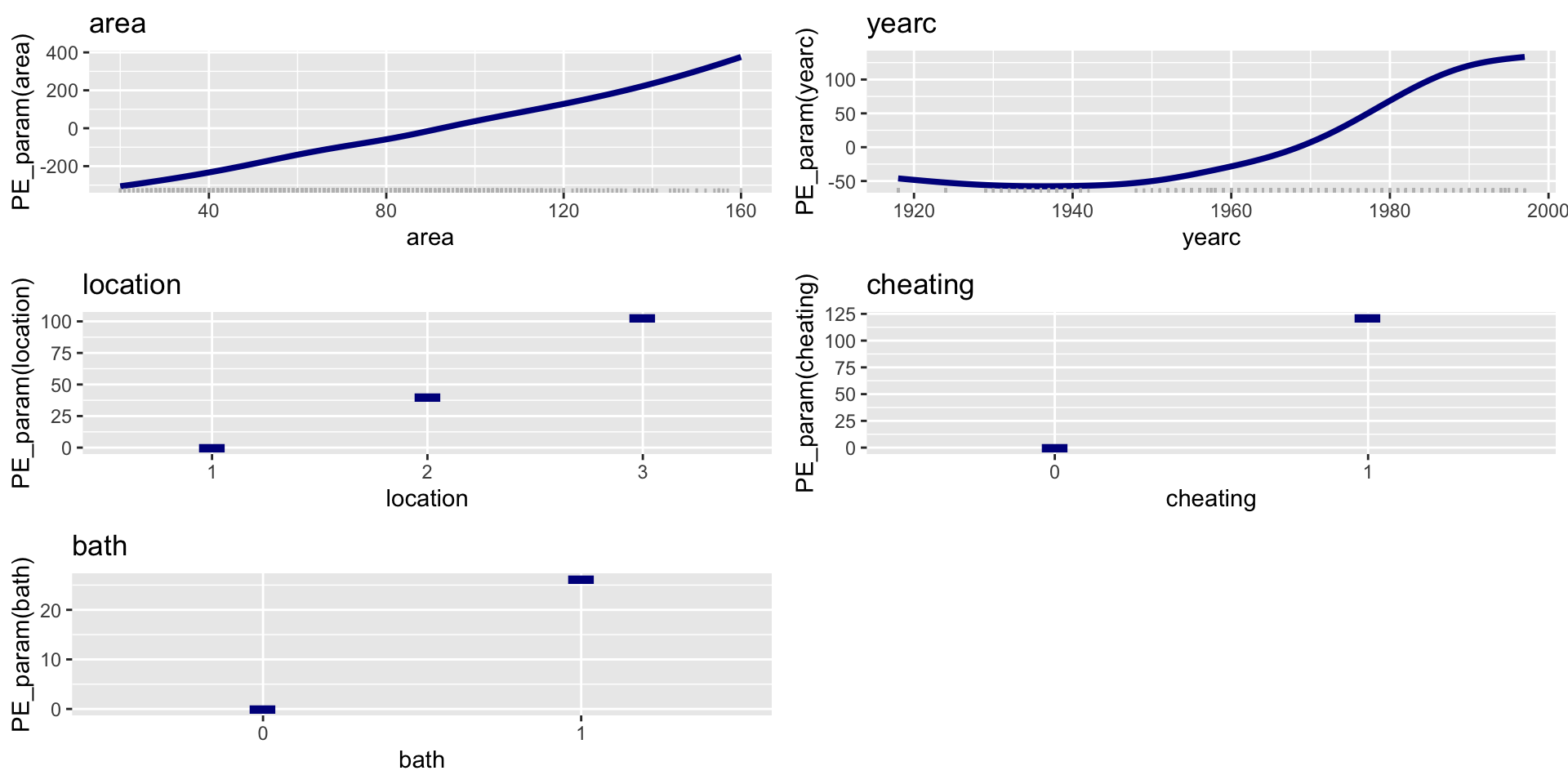
Figure 3: PE for mu for the additive smooth model.
PE; parameter \(\mu\); N. N.
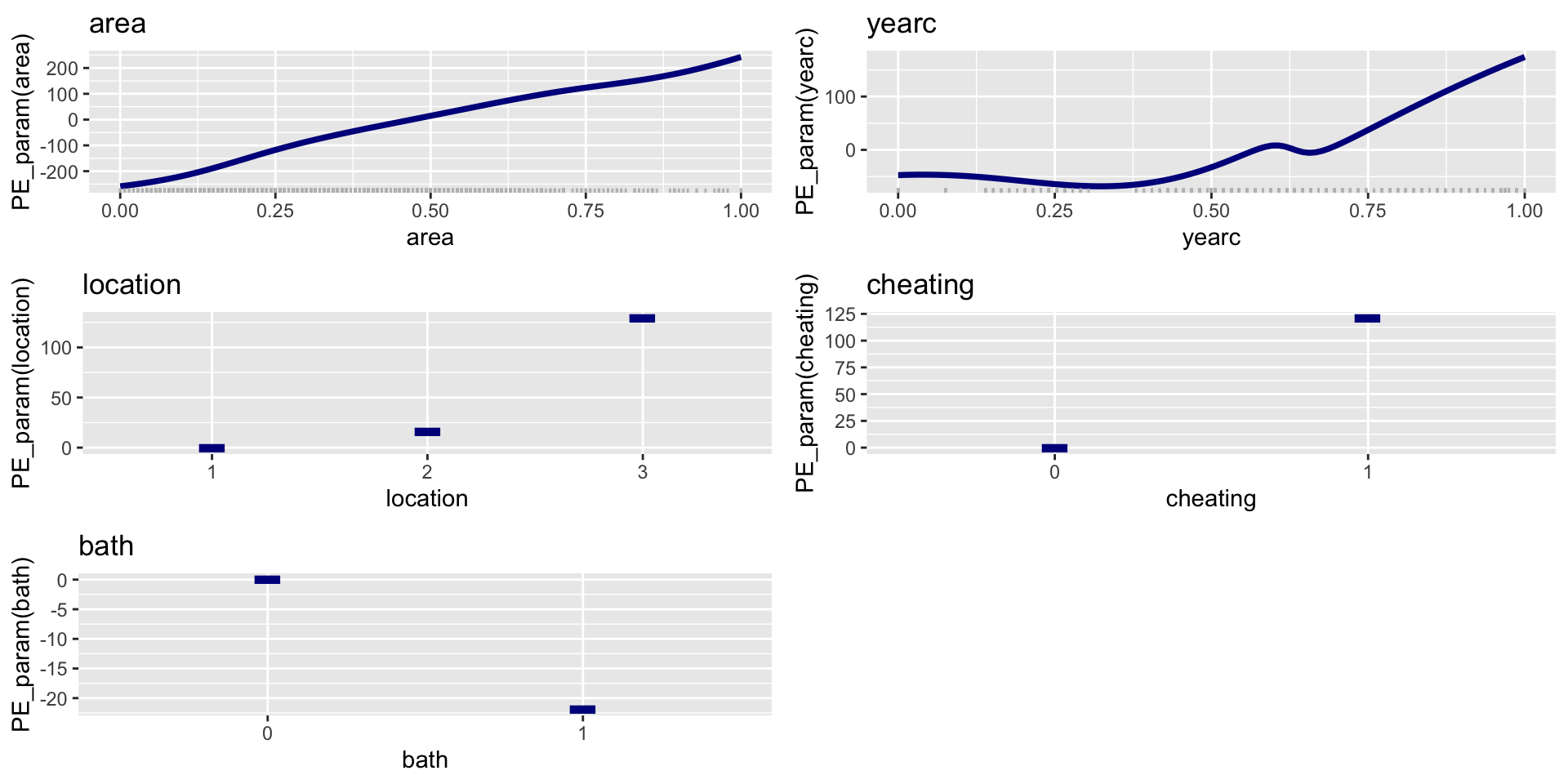
Figure 4: PE for mu for the neural network model.
PE; parameter \(\sigma\); add. sm.
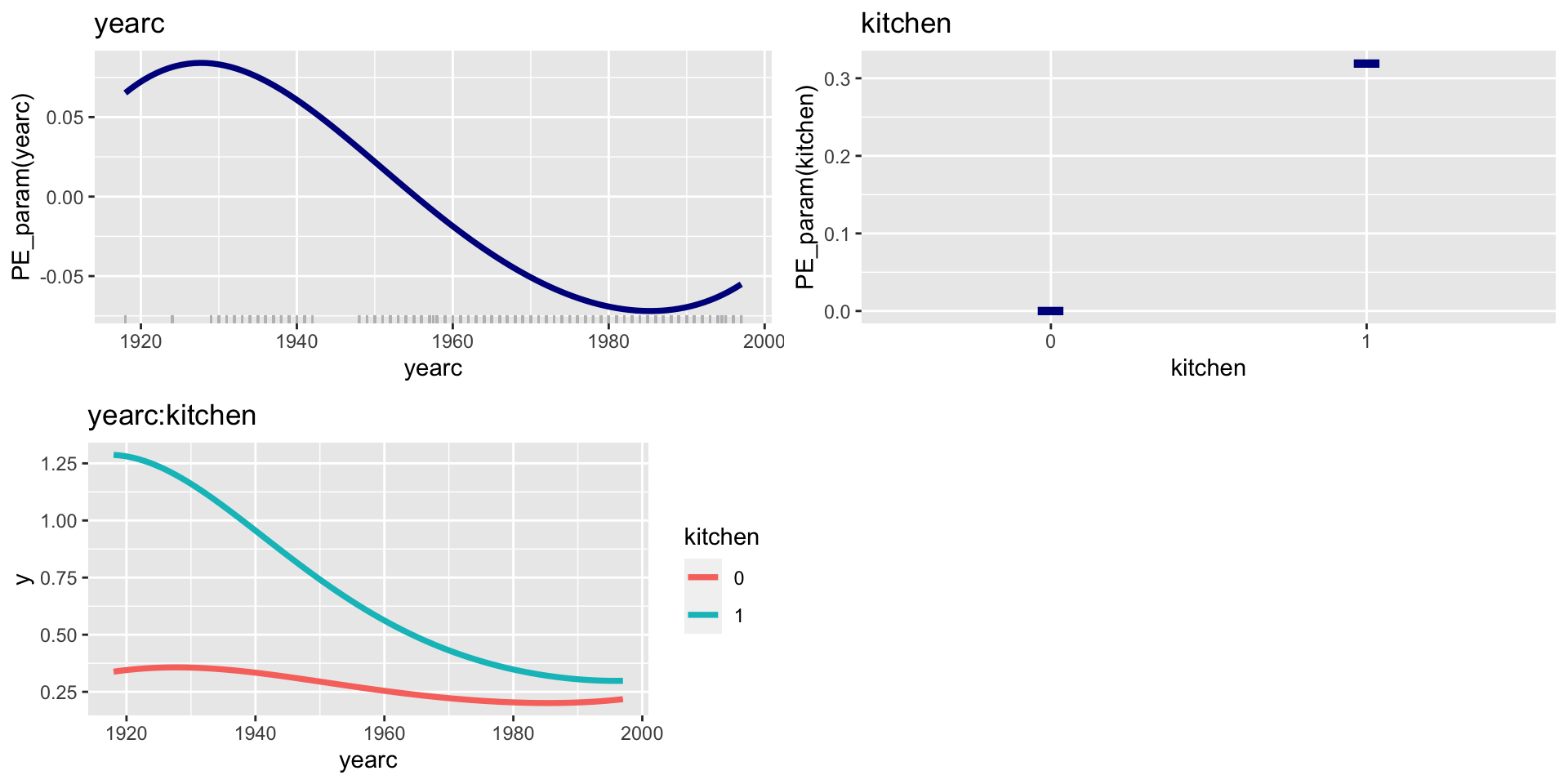
Figure 5: PE for sigma for the additive smooth model
PE; parameter \(\sigma\); N.N.
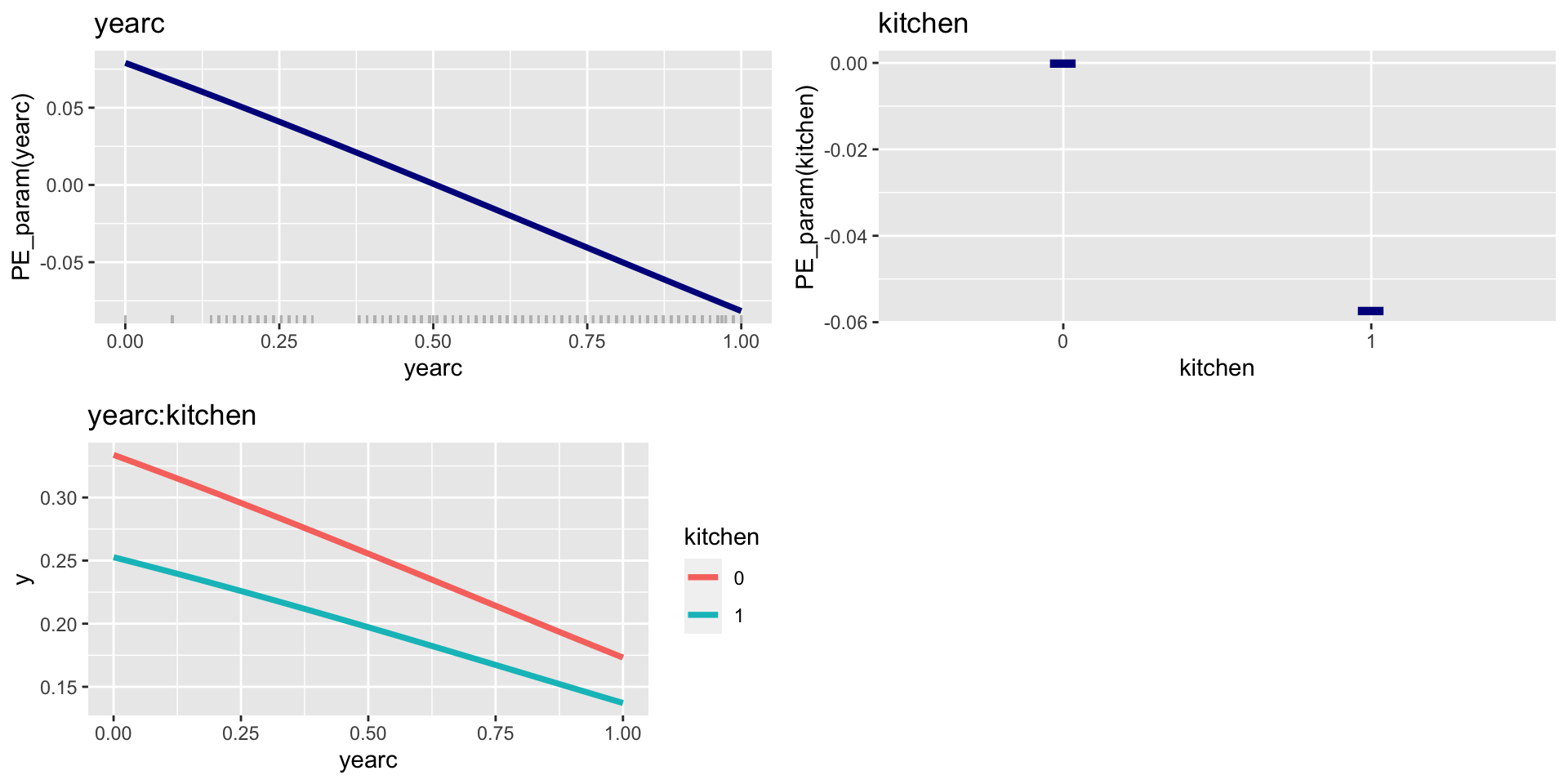
Figure 6: PE for sigma
ALE; parameters \(\mu\); Add. sm.
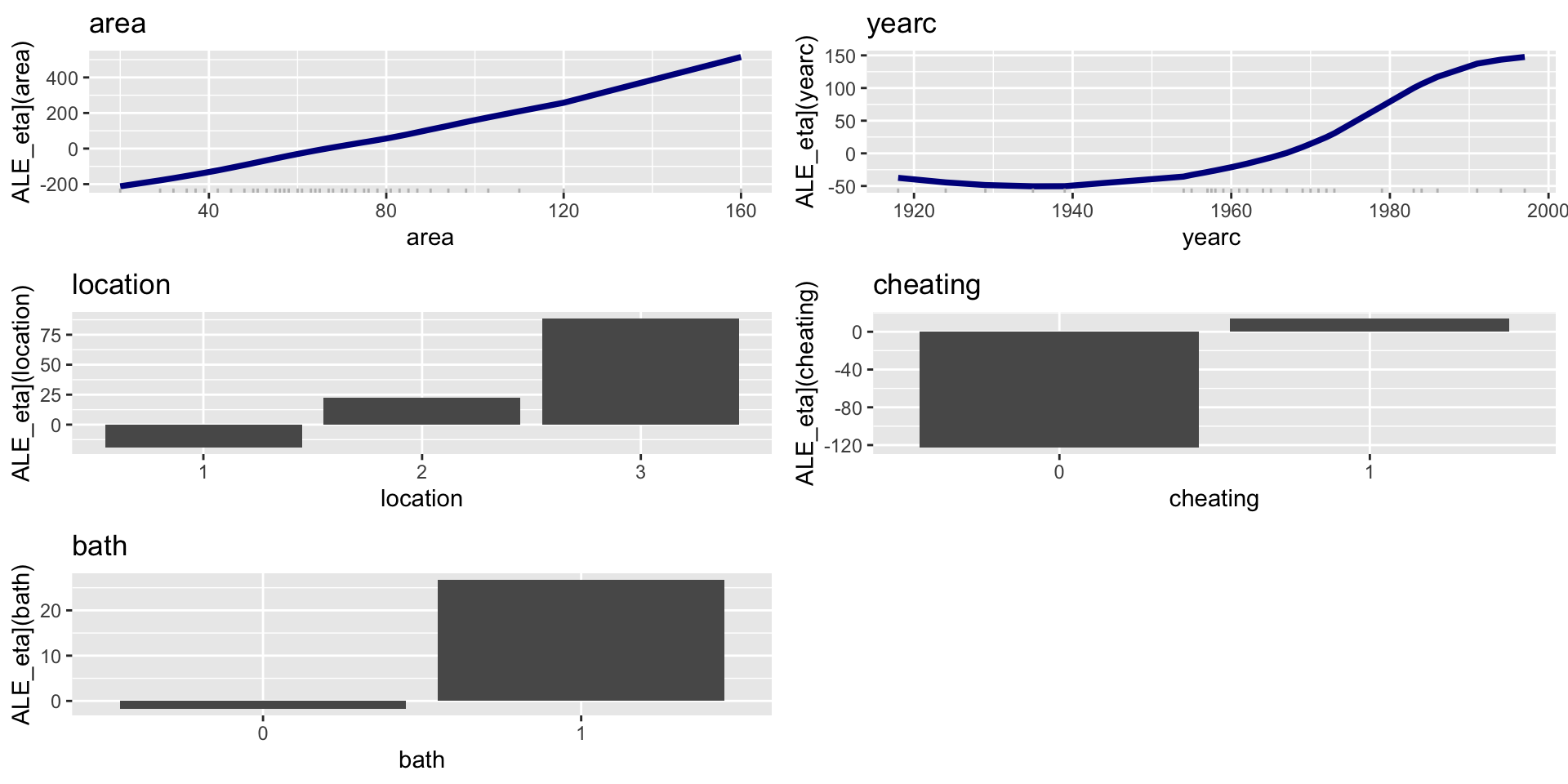
Figure 7: PE for mu modl for mfA1
ALE; parameters \(\mu\); N. N.
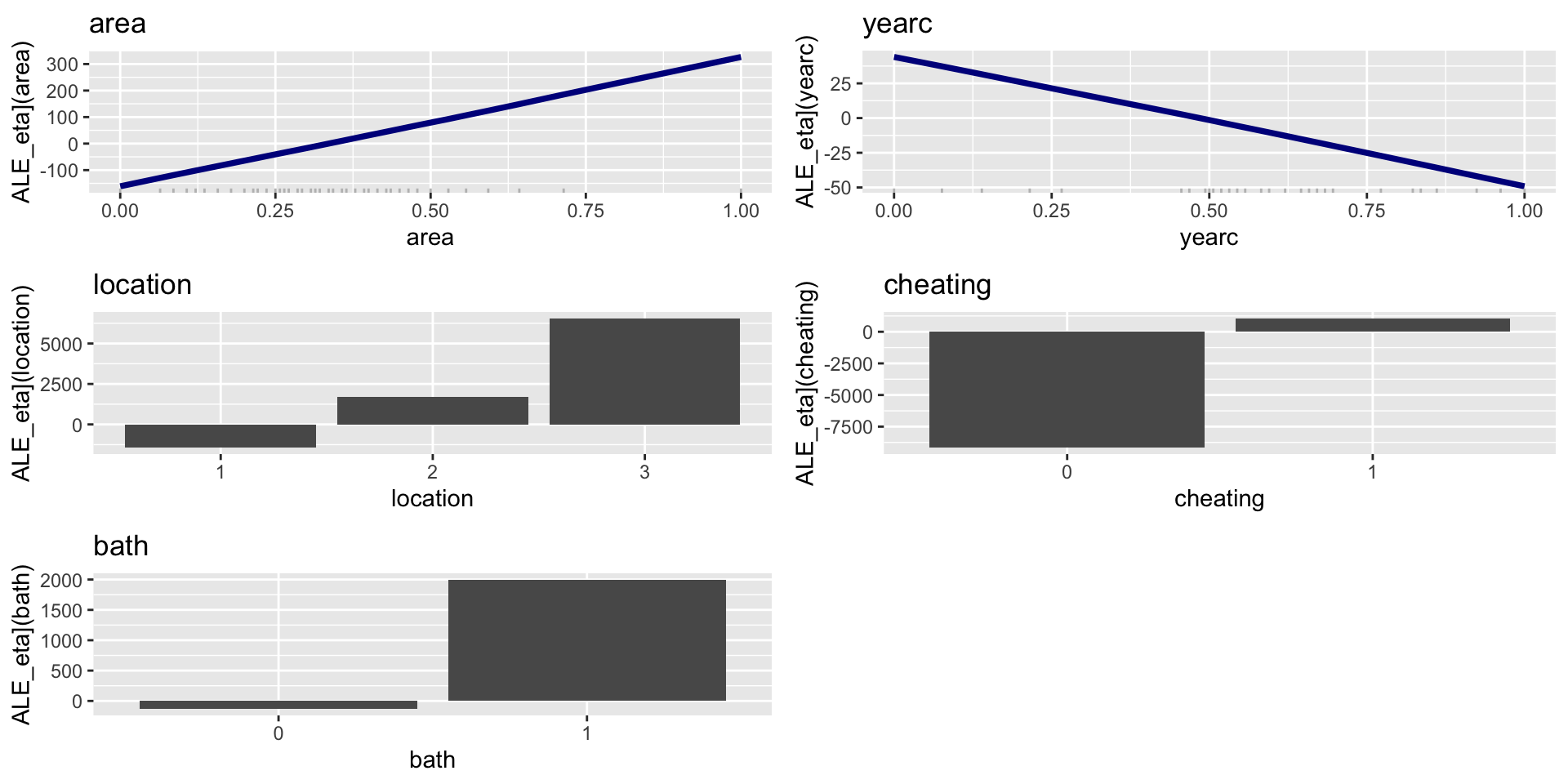
Figure 8: PE for mu modl for mfA1
moments (mean)
the BCTo do
notalways have momentsfor \(\tau <=2\) the variance do not exist
for \(\tau <=1\) the mean do not exist
quantiles, \(\mu\), add. sm.

Figure 9: PE-quantiles 95%, 50%, 5% for mu model for mfA1
quantiles, \(\mu\), N.N.
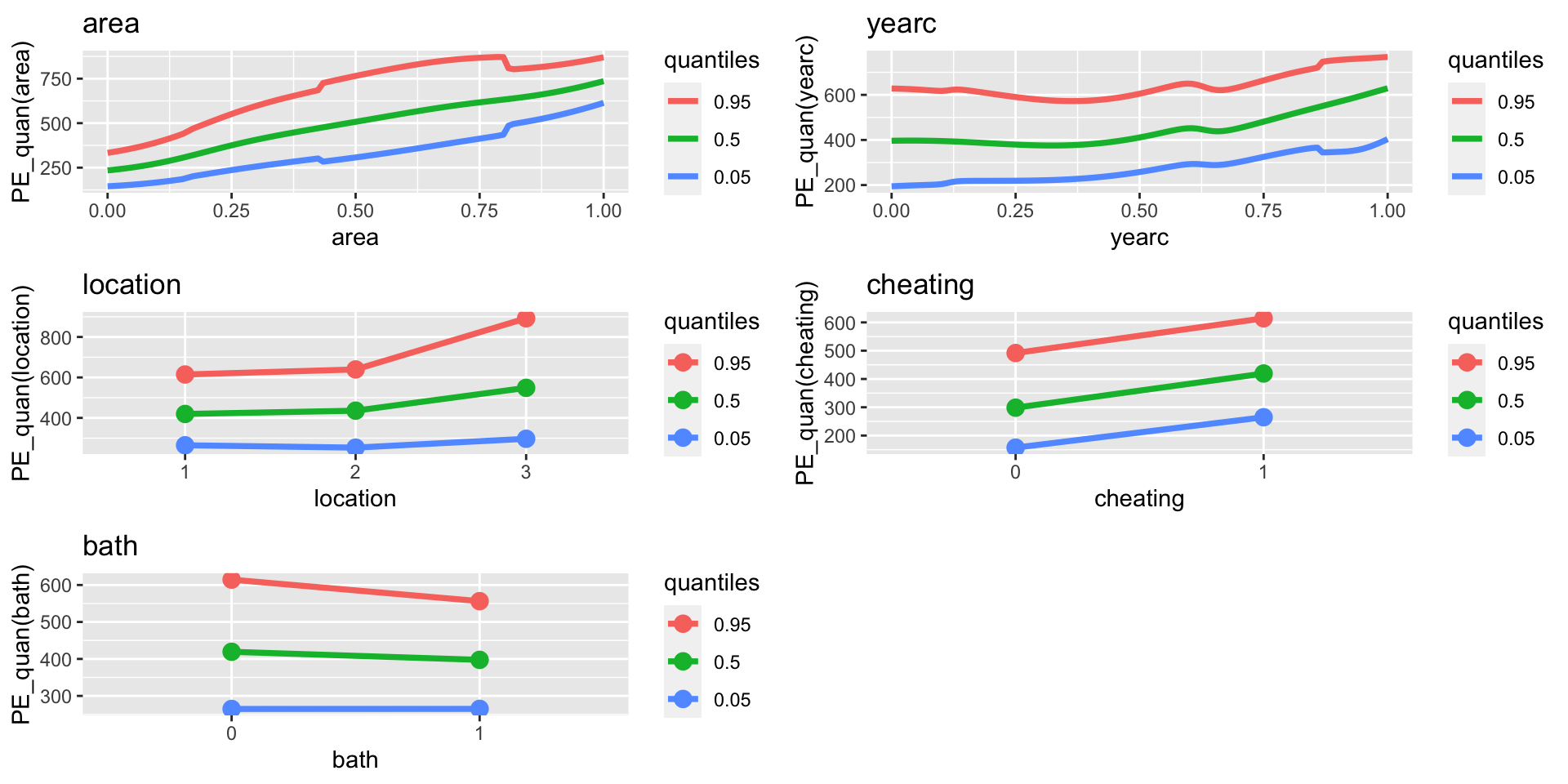
Figure 10: PE-quantiles 95%, 50%, 5% for mu model for mfNN
distributions, \(\mu\), add. sm.

Figure 11: PE-distribution for mu model for mfA1
distributions, \(\mu\), N.N.
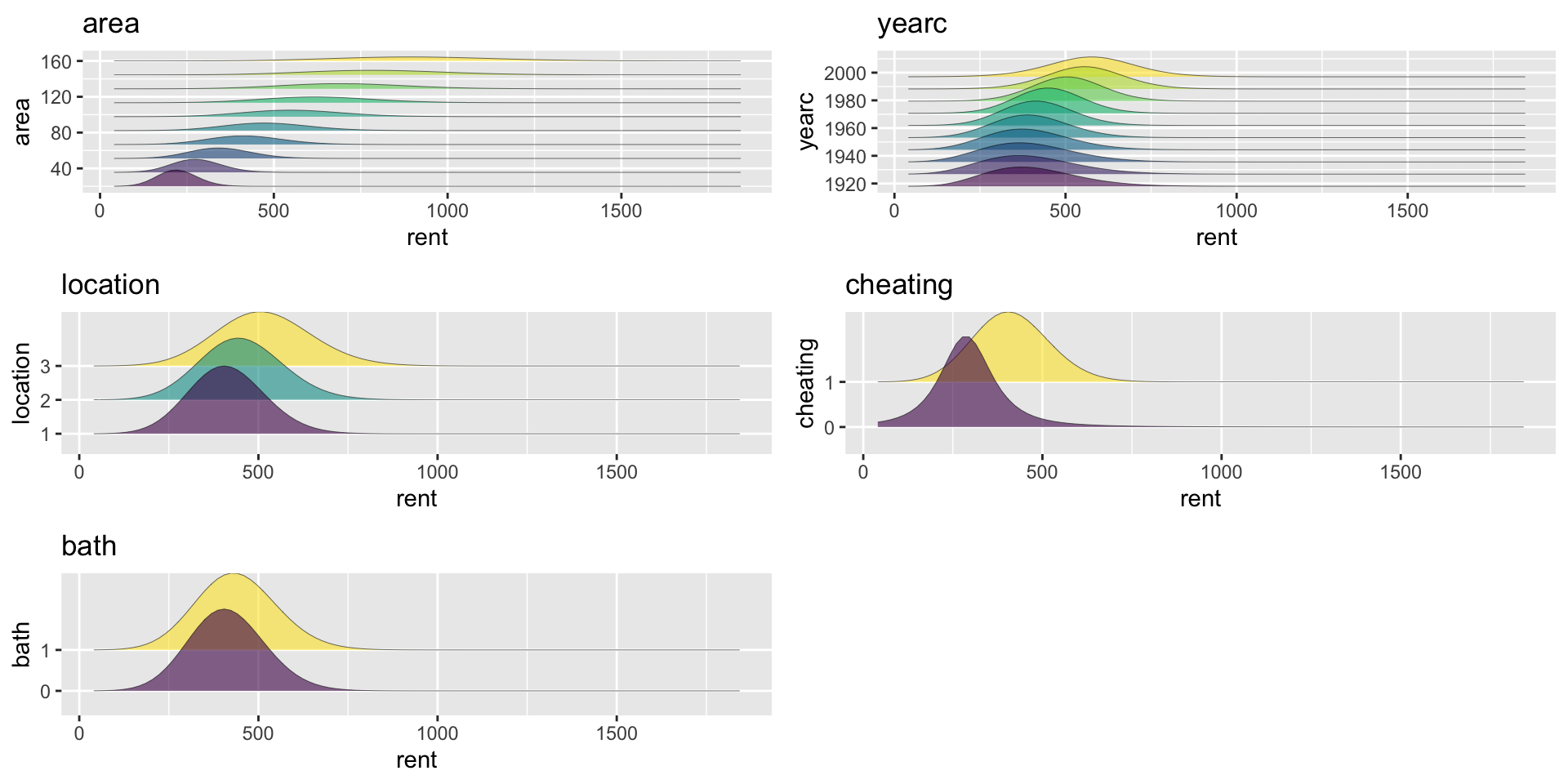
Figure 12: PE-distributions for mu model for mfNN
the purpose of the study
the
purposeshould be always in our mind when we try to analyse any datathe Munich rent data are collected almost every 10 years
guidance to judges on whether a disputed rent is a fair or not
purposeis to identify very low or very hight rents by correcting for the explanatory variablessimilar in detecting “outliers”
a possible solution:
prediction z-scores
prediction z-scores
Scenarios
| rent | area | yearc | location | bath | kitchen | heating |
|---|---|---|---|---|---|---|
| 1500 | 140 | 1983 | 3 | 1 | 1 | 1 |
| 1000 | 55 | 1915 | 1 | 0 | 0 | 0 |
| 800 | 65 | 1960 | 1 | 1 | 1 | 1 |
prediction z-scores (con.)
rent <- c(1500, 1000,800)
area <- c(140, 55, 65)
yearc <- c(1983, 1915, 1960)
location <- c(3,1,1)
bath <- c(1,0,1)
kitchen <- c(1,0,1)
cheating <- c(1,0,1)
ndat <- data.frame(rent, area, yearc, location, bath, kitchen, cheating)
cat("prediction z-scores", "\n")prediction z-scores [1] 0.3088481 3.9675604 3.4323822summary
GAMLSS can tackle problems where the interest of the investigation lies not in the center but other parts of the distribution.
Personal view for the future of GAMLSS development;
theoretical contributions
software and
knowledge exchange
Summary (continue)
theoretical contributions- interpretable tools
- model average for prediction
software- a neater version of
gamlss()to make it easier to incorporate LM algorithms
- a neater version of
books and knowledge exchange- there is need for applied and elementary books
- more application public health and environment
the team
This is a collaborative work:
| working party | current | past |
|---|---|---|
Gillian Heller |
Konstantinos Pateras |
Popi Akantziliotou |
Fernanda De Bastiani |
Paul Eilers | Vlasios Voudouris |
Thomas Kneib |
Nikos Kametas | Nicoleta Mortan |
Achim Zaileis |
Tim Cole | Daniil Kiose |
Andreas Mayr |
Nikos Georgikopoulos | Dea-Jin Lee |
Nicolaus Umlauf |
Luiz Nakamura |
María Xosé Rodríguez-Álvarez |
Reto Stauffer |
Nadja Klein | Majid Djennad |
Robert Rigby |
Julian Merder |
Fiona McElduff |
Mikis Stasinopoulos |
Abu Hossain | Raydonal Ospina |
end

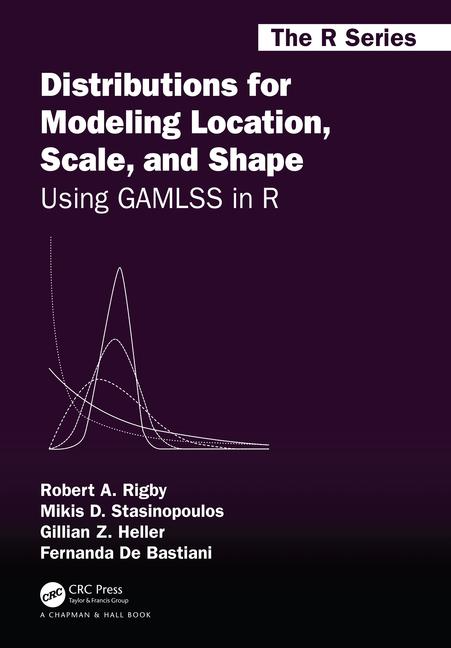
 The Books
The Books

www.gamlss.com